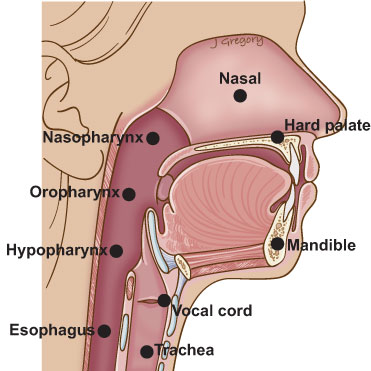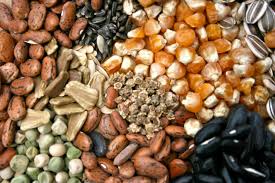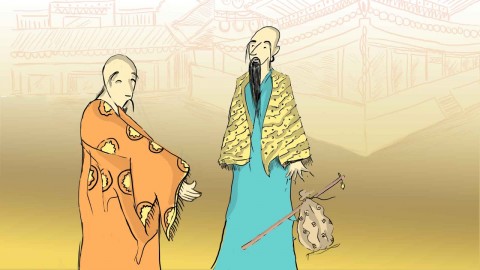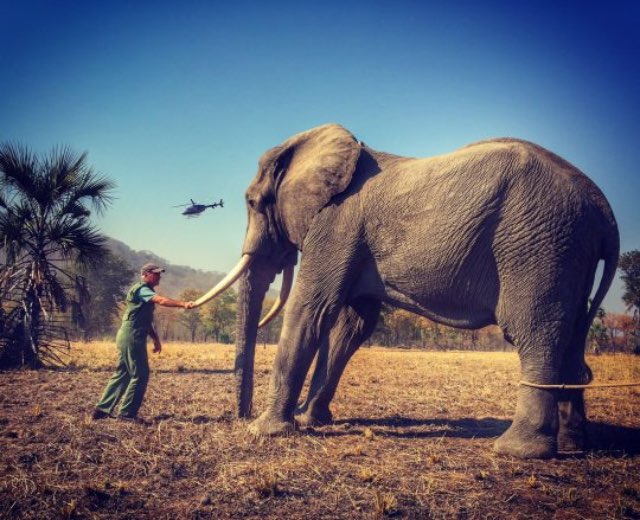Types and Usage
In vertebrate anatomy, the throat is the front part of the neck, positioned in front of the vertebra. It contains the pharynx and larynx. An important section of it is the epiglottis is a flap, separating the trachea (windpipe) from the esophagus, preventing food and drink being inhaled into the lungs. The throat contains various blood vessels, pharyngeal muscles, the nasopharyngeal tonsil, the tonsils, the palatine uvula, trachea, esophagus, and the vocal cords. Mammal throats consist of two bones, the hyoid bone and the clavicle. The “throat” is sometimes thought to be synonymous with the isthmus of the fauces.
It works with the mouth, ears and nose, as well as a number of other parts of the body. Its pharynx is connected to the mouth, allowing speech to occur, and food and liquid to pass down the throat. It is joined to the nose by the nasopharynx at the top of the throat, and to ear by its Eustachian tube. The throat’s trachea carries inhaled air to the bronchi of the lungs. The esophagus carries food through the throat to the stomach. Adenoids and tonsils help prevent infection and are composed of lymph tissue. The larynx contains the vocal cords, the epiglottis (preventing food/liquid inhalation), and an area known as the subglottic larynx—the narrowest section of the upper part of the throat. In the larynx, the vocal cords consist of two membranes that act according to the pressure of the air.
The throat is part of both the digestive and respiratory systems and is responsible for coordinating the functions of breathing and swallowing. From superior to inferior, the throat is subdivided into 3 sections: oropharynx, hypopharynx, and larynx. Together, oropharynx, hypopharynx, and larynx function to sense and propel a food bolus from the mouth to the esophagus in a coordinated fashion while protecting the airway.
Neck:
Neck, in land vertebrates, the portion of the body joining the head to the shoulders and chest. Some important structures contained in or passing through the neck include the seven cervical vertebrae and enclosed spinal cord, the jugular veins and carotid arteries, part of the esophagus, larynx and vocal cords, and the sternocleidomastoid and hyoid muscles in front and the trapezius and other nuchal muscles behind. Among the primates, humans are characterized by having a relatively long neck.
Parts of the Throat and Neck:
The hard palate separates the nose from the mouth.
The soft palate is the back of the roof of the mouth.
The epiglottis keeps food and liquids out of the trachea when you swallow.
The larynx (voice box) produces sound used for speaking.
The eustachian tube is the tube that connects the throat to the ear.
The nasopharynx is the area at the top of the throat behind the nose.
The oropharynx is the area at the middle of the throat behind the mouth.
The hypopharynx is the area at the lower part of the throat.
The esophagus is the tube that carries food and liquids from the throat to the stomach.
The trachea is the tube that carries air between the throat and lungs.
The lymph nodes are bean-shaped organs that help the body fight infections.
Tags: Motivation










